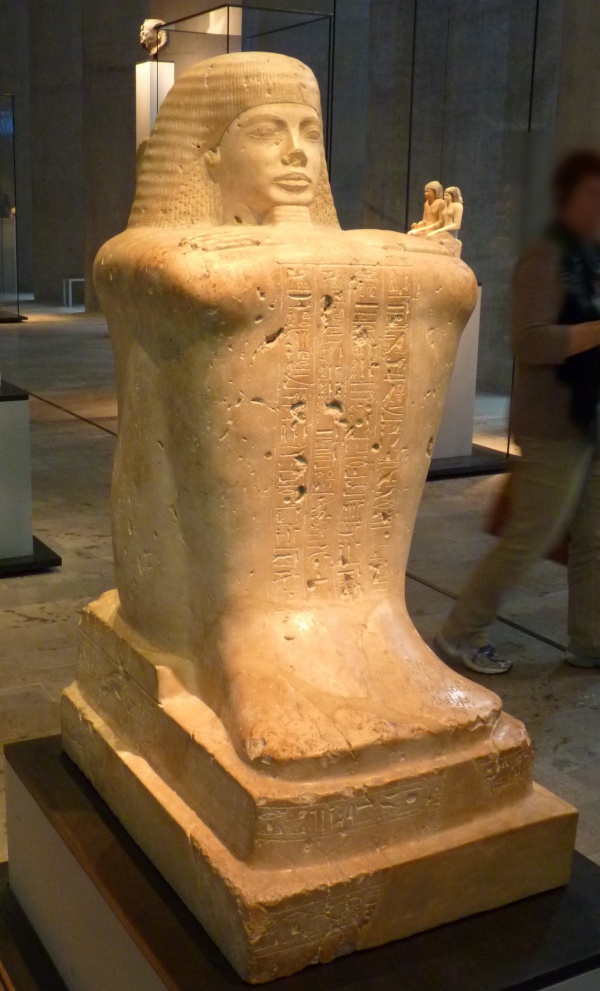Facts About Bakenkhonsu
Bakenkhonsu was a prominent figure in ancient Egypt, recognized for his role as the High Priest of Amun during the reign of Pharaoh Ramesses II. The inscriptions on his statue provide valuable insights into his life, the education of young nobles, and the responsibilities of priests at that time.
Named after the god Khonsu, Bakenkhonsu's journey began at an early age. At just four years old, he commenced his education and later received training at Pharaoh Seti I's stables. Eventually, he joined the priesthood in Thebes, starting as a wab priest and ascending to become the High Priest of Amun.
Bakenkhonsu made significant contributions to various building projects for the king, including the eastern temple in the Karnak Temple complex. He was married to Meretseger, and their children and descendants also held prominent positions in the priesthood. Inscriptions on statues found in Karnak and Cairo offer a detailed account of his life and his progression through the priestly ranks.
Upon his death, Bakenkhonsu was interred in TT35 in Thebes. His tomb features depictions of him and his wife, and his sarcophagus is now housed in the Liverpool Museum. Other artifacts from his tomb, such as a wooden scribe's palette and a statue, help us understand his legacy. One particularly notable artifact is a block statue inscribed with hieroglyphs narrating his life story, highlighting his enduring significance and the eternal victory of his soul.

 Ireland
Ireland